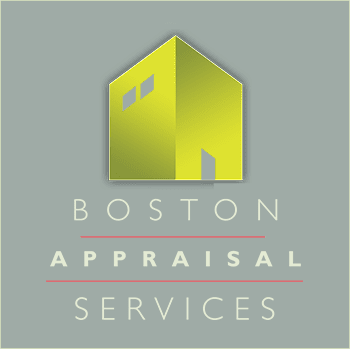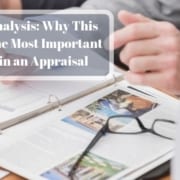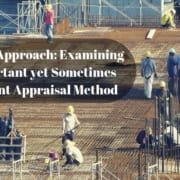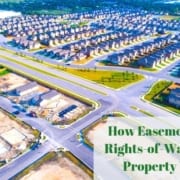The Importance of Highest and Best Use in Commercial & Residential Appraisals
Categories: Commercial Appraisals, Real Estate Appraisal
How do you know if you’re making the most money possible from a property? Are you getting the greatest economic and functional value from your investment? How will the long-term value of the property be affected by zoning changes, new developments, and the usages of surrounding properties?
Highest and best use analysis considers these issues and provides indicators of how the value is, and will be, influenced by emerging local market factors. When you understand what usage of the property is likely to produce the greatest value over time, you can formulate development and disposition plans that will yield the greatest ROI, and reflect the most positively on your Massachusetts investment portfolio and resume.
Zoning Issues
The most common influences on best use are zoning changes that impact how current and future occupants can use the property. When local officials change zoning rules for a subdivision, older properties that do not conform with the new usages can become obsolete. The existing usage of a property will typically be ‘grandfathered,’ or allowed to continue in its current usage until transferred. This is important to consider in a valuation as most properties will need to be resold, often in the near future.
If the appraiser fails to consider, and research existing and emerging zoning regulations, the valuation could be drastically inaccurate when the current usage will no longer be allowed after transfer. The most common example of this situation iswhen existing residences are supplanted by commercial developments, or when agricultural uses are shifting toward new residential subdivisions.
Prevailing Usage and Anticipated Developments
Sometimes changes in usage are gradual and not driven by zoning regulations. This can occur when the current property design, style, or functionality is not consistent or ‘uniform’ with surrounding properties. In valuations, uniformity in a subdivision is considered desirable and contributes to increased property values. The opposite is the principal of regression that holds that properties of lesser uniformity, condition, or desirability will have a negative impact on the value of properties in the surrounding community.
When the predominant style and functional utility of homes in a neighborhood are evolving, older homes tend to lose value more quickly. This can also be the case in commercial developments when the dominant usage gives way to a new industry. The zoning may remain the same, but the impact of new operations can have a disruptive effect on declining industries, decreasing the value of existing improvements that are no longer relevant or functional for emerging industry.
Another common influence are developments and changes that are planned, but not yet confirmed or implemented. These types of market forces have a potential speculative effective on the market that can drive up prices. A valuation must temper the potential positive and negative effects to offer a balanced opinion of value.
A Complete Valuation
A reliable commercial or residential appraisal, especially in dynamic and growing markets such as Massachusetts and Boston, must consider highest and best use to offer the most insightful and complete valuation. Take special care in reviewing your next appraisal to ensure that it addresses emerging market factors. When in doubt, consult with quality-oriented and experienced valuation professionals that specialize in the market in question.






Leave a Reply
Want to join the discussion?Feel free to contribute!